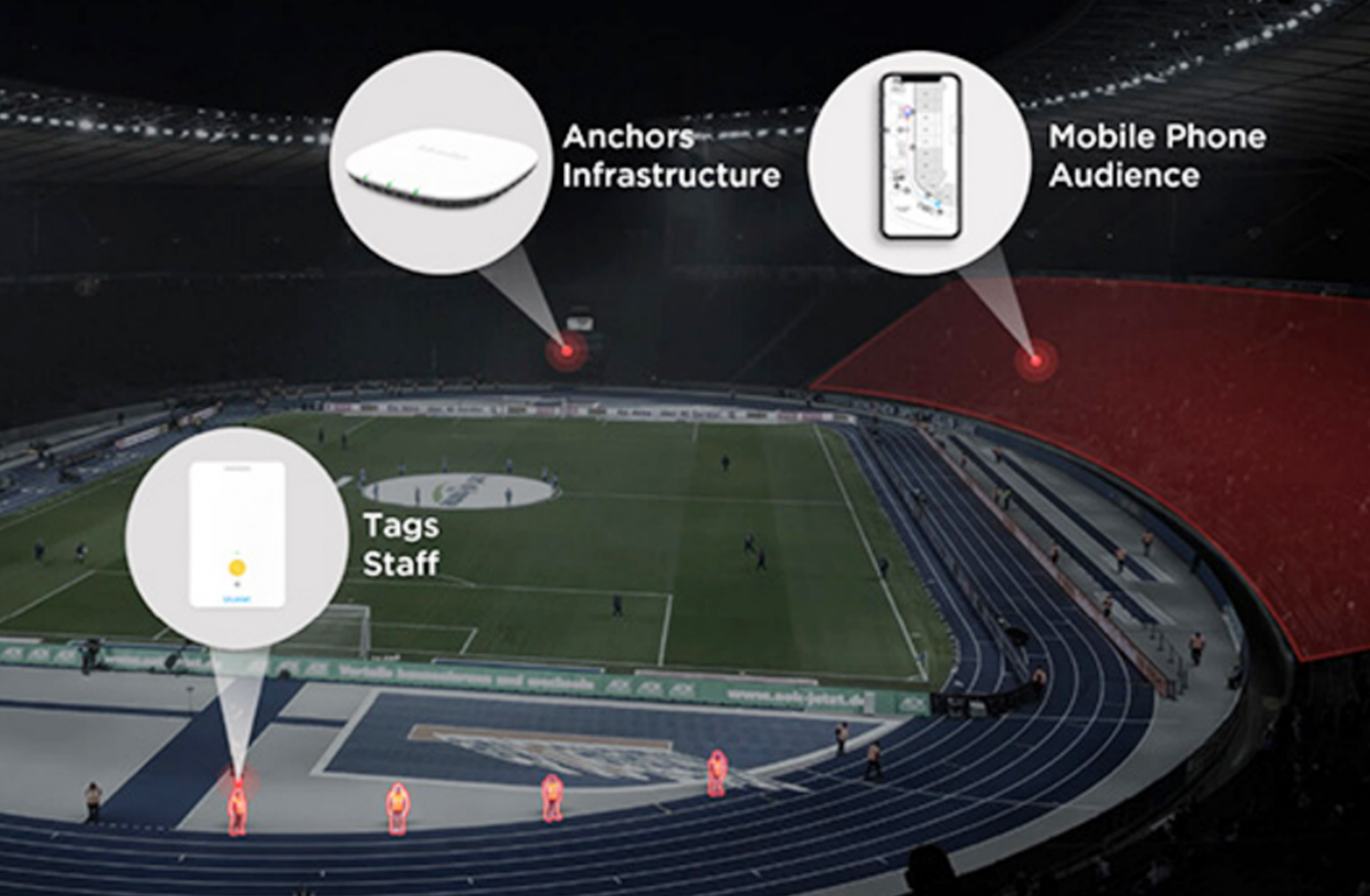Have you ever wondered how your phone knows exactly where you are on a map? Or how can navigation systems guide you to your destination with pinpoint accuracy? The answer lies in location-based technologies like indoor positioning technology and GPS. While they both serve the same purpose, there are significant differences between them that can impact their effectiveness in various scenarios. We’ll explore the nuances of indoor positioning technology vs. GPS and why understanding these differences is crucial for navigating the world around us. So grab your device and let’s dive into Blueiot’s world of location-based technology!

What is indoor positioning technology?
The two most common types of positioning technology are GPS and indoor positioning systems (IPS).
GPS is not as reliable in dense urban areas where GPS receivers may not have access to enough satellites. IPS is better for locations with lots of walls and other obstructions.
The main advantage of IPS over GPS is that IPS can work in indoor environments where GPS cannot. For example, IPS can be used in buildings with poor device reception or when the user is underground.
Why is indoor positioning technology important?
Indoor positioning technology has countless applications across industries and fields. For example, retailers can use it to keep track of inventory levels and ensure that deliveries are made on time. Healthcare providers can use it to track patients’ locations throughout the hospital complex. In short, there are endless possibilities for how indoor positioning technology can help people live better lives.
What are the benefits of using indoor positioning technology?
One of the most important features of indoor positioning technology is its ability to provide accurate, real-time location information. Indoor positioning technology can be used in a variety of settings, such as warehouses, stores, and hospitals, where reliable location data is essential for optimizing inventory management or providing secure patient care.
Indoor positioning technology uses several different methods to generate location data. One common method is triangulation, which uses three or more nearby receivers to calculate the user’s position. Another method uses radio signals from base stations to determine a user’s location.
One of the biggest benefits of using indoor positioning technology is its accuracy. Because indoor positioning technologies use multiple methods to generate data, they’re able to pinpoint a user’s position with greater precision than GPS systems. This accuracy makes it ideal for applications that require precise location information.